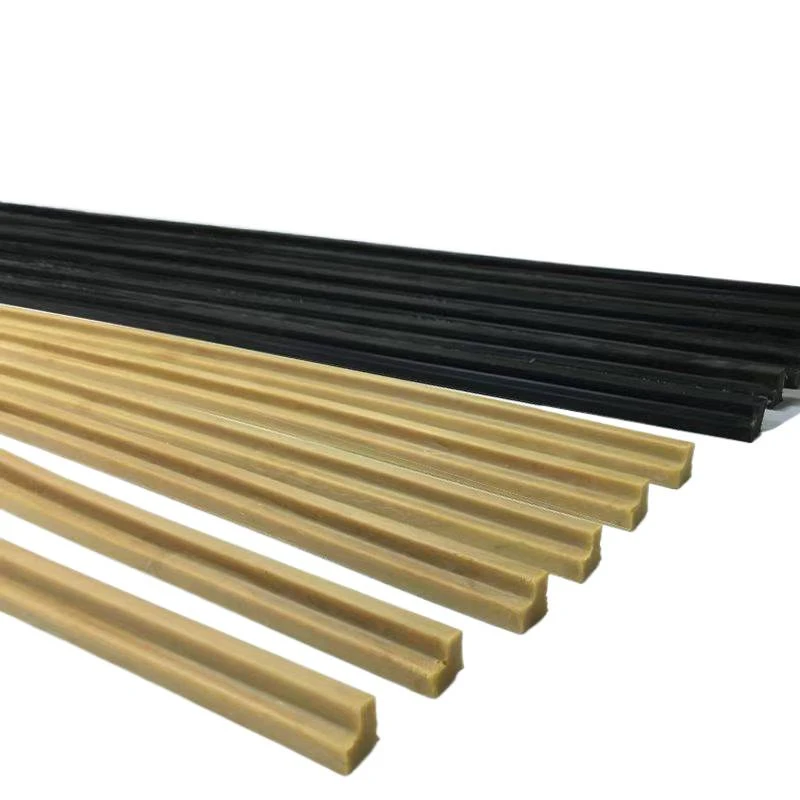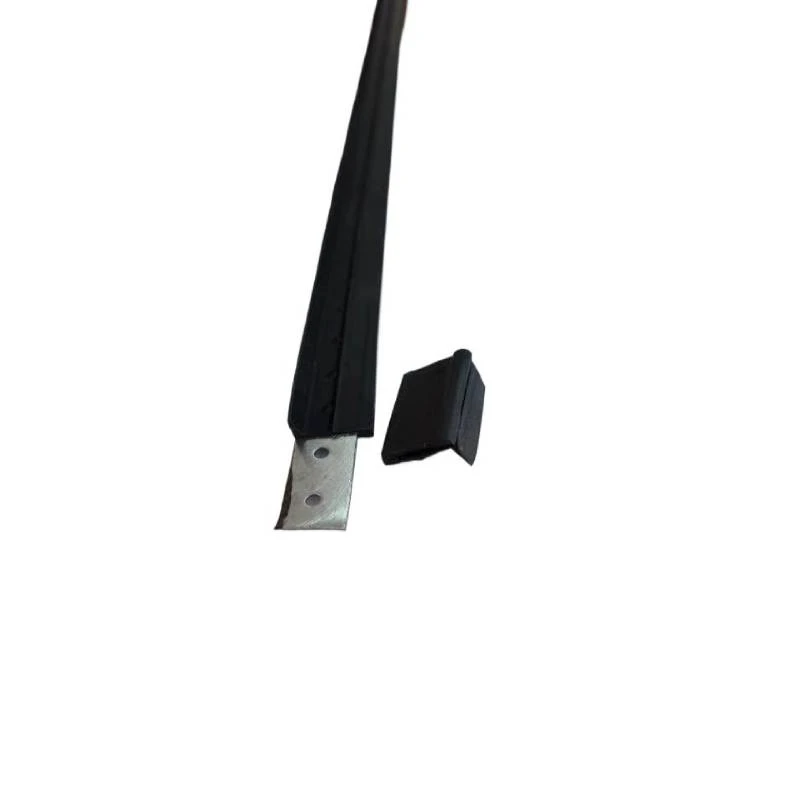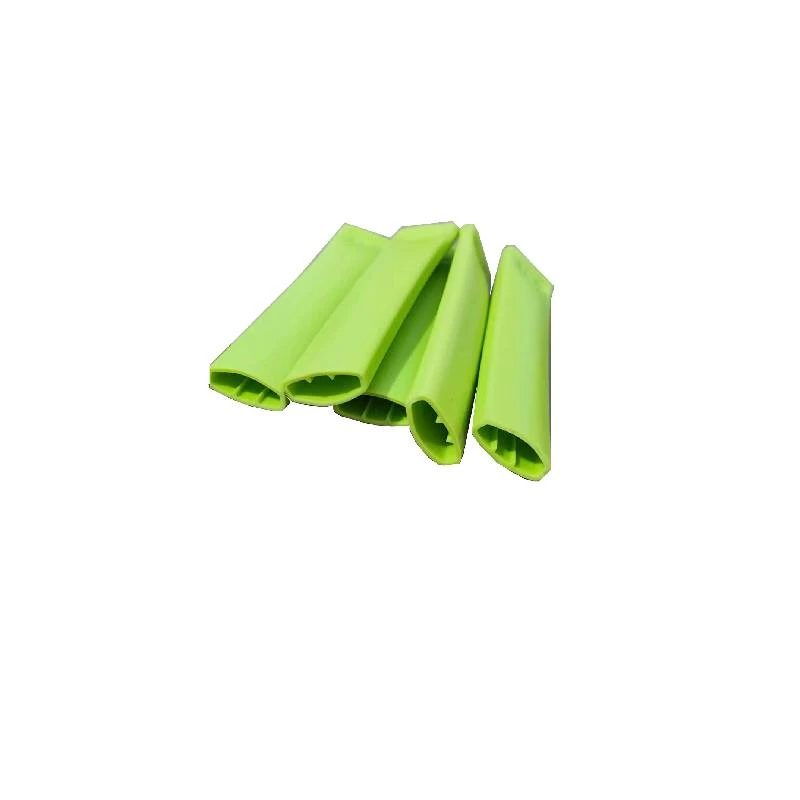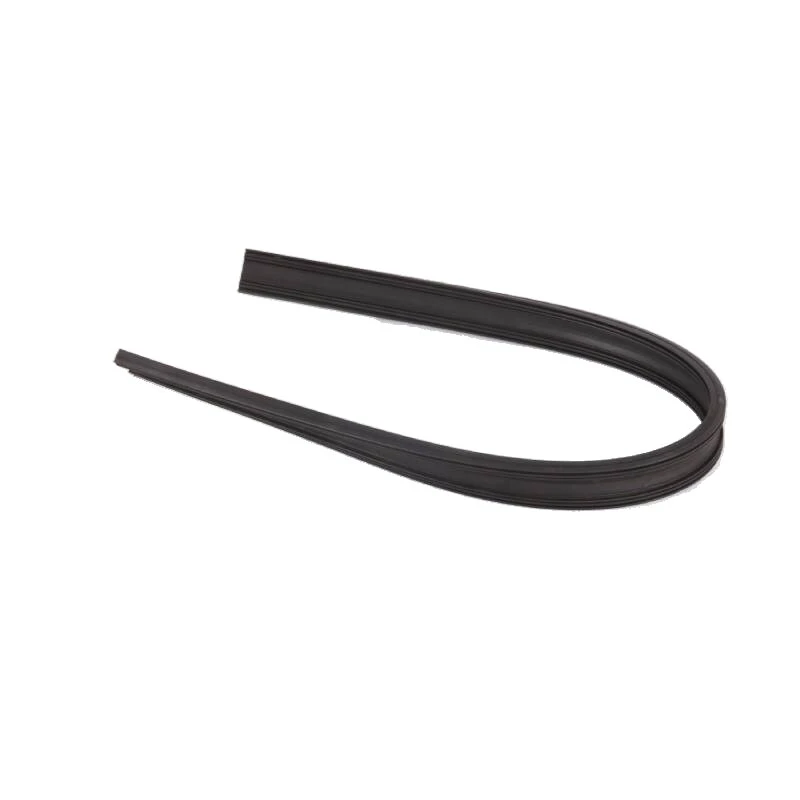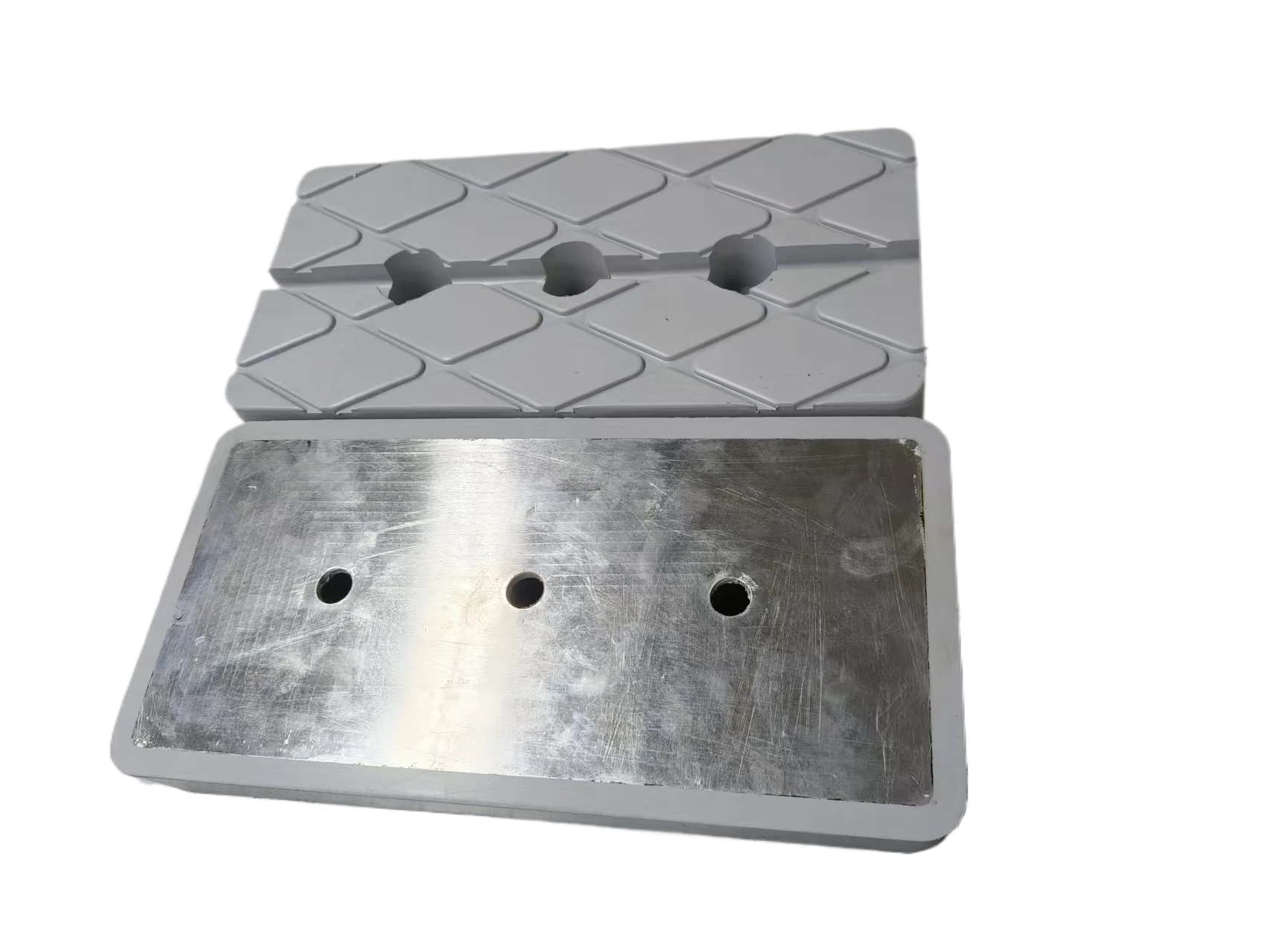Small Plastic Casters – Durable, Lightweight Wheels for Global Mobility
Small Plastic Casters: Tiny Wheels Driving Big Changes Globally
Small plastic casters might seem like unassuming components — just tiny wheels you slip under chairs, equipment carts, or storage units. But their impact is surprisingly broad and significant. From hospitals in Europe to schools in rural Asia, these casters help make heavy lifting easier, reduce strain, and improve mobility for people and goods worldwide. Understanding their design, benefits, and applications is key to smarter product choices and smoother operations — whether you’re an industrial buyer, a humanitarian NGO, or a designer envisioning the next ergonomic cart.
Why Small Plastic Casters Matter on the World Stage
We often underestimate small parts until they suddenly stop working — then whole systems grind to a halt. According to the International Organization for Standardization (ISO), efficient handling and transport solutions can boost productivity up to 30% in manufacturing and logistics alone (1). And with over 2 billion people globally reliant on assistive devices or ergonomic adaptations, the humble caster wheel can literally determine how easily goods and people move.
But here’s a problem: traditional metal or rubber casters are often bulky, noisy, or incompatible with delicate flooring. Enter small plastic casters — lighter, quieter, corrosion-resistant, and cost-effective, they’re becoming an essential ergonomic upgrade.
What Exactly Are Small Plastic Casters?
Simply put, small plastic casters are compact wheels usually made of durable polymers like nylon, polypropylene, or polyurethane. Mounted on a swivel or fixed frame, they facilitate smooth movement of furniture or industrial carts. Unlike larger, heavy-duty metal casters, these small rollers excel in environments where weight, noise, and floor marking matter.
In modern industries, they’re indispensable for warehouse automation, hospital equipment, and even humanitarian relief—helping move critical supplies quickly in disaster relief scenarios without damaging surfaces.
Key Factors Behind Their Effectiveness
Durability and Material Choice
One of the big reasons engineers prefer small plastic casters is the durability-to-weight ratio. Polymers resist corrosion—no rusting after exposure to moisture or chemicals. Some materials also handle loads up to 100 kg per caster, quite impressive for their size. Nylon casters, for example, tolerate rough handling, while polyurethane variants tend to be quieter.
Weight Capacity and Scalability
Though compact, these casters come in various sizes and load ratings. For light office chairs or equipment, a 50 kg capacity might suffice. But scaled-up plastic casters are even used in industrial conveyor systems, showing surprising versatility. This scalability lets companies standardize caster choice across products, simplifying maintenance.
Cost Efficiency
Plastic materials are cheaper and easier to mold than metals, yielding a lower per-unit cost. This matters for manufacturers producing thousands of units and for organizations in developing regions seeking affordable mobility aids. The elasticity of plastics also reduces shock transmission — buying a $10 caster sometimes saves hundreds in repairs.
Noise Reduction and Floor Protection
Oddly enough, noise is a big consideration that’s often overlooked. Small plastic casters glide quietly over floors, which is critical in hospitals and libraries. Plus, with softer polymers available, floors suffer less wear and scuffing compared to metal wheels.
Customization Potential
Colors, sizes, mounting types — manufacturers can tailor casters for specific environments. This flexibility is critical in sectors ranging from healthcare (where color coding can aid staff) to electronics manufacturing (where ESD-safe materials are required).
Mini Takeaway:
Durability, load capacity, cost, noise profile, and customization all converge to make small plastic casters a surprisingly sophisticated component in equipment design — not just “little wheels.”
Global Applications and Use Cases
From warehouses in Germany to schools in Kenya and mobile clinics in Brazil, small plastic casters are everywhere. Hospitals rely on them for adjustable beds and carts; manufacturers use them on assembly lines; NGOs deploy caster-mounted relief equipment for rapid setup; and tech startups incorporate them in clean-room operations.
- Post-Disaster Relief: Lightweight caster wheels enable aid workers to transport supplies swiftly over delicate temporary flooring, reducing set-up time dramatically.
- Remote Industrial Zones: Corrosion-resistant casters handle harsh climates while moving gear across uneven surfaces.
- Office and Retail Environments: Noise-absorbing plastic casters keep spaces peaceful while helping staff rearrange heavy displays easily.
Mini Takeaway:
Their global footprint is larger than you might expect, making them silent heroes in everyday and extraordinary scenarios alike.
Advantages and Long-Term Value
Choosing the right small plastic casters isn’t just about immediate convenience—it’s about long-term gains. They reduce operational downtime, improve worker safety, and minimize environmental impact (thanks to better materials and lifespan). You might even say they restore dignity—imagine a medical cart that moves effortlessly, enabling nurses to focus on patients, not pushing heavy equipment.
Financially, the lower maintenance and replacement frequency pays off. Emotionally, the “quiet efficiency” improves workplace morale. And from a sustainability angle, many casters are now recyclable or made from bio-based polymers — a nod to industry’s green future.
Future Trends and Innovations
Industry analysts highlight several innovations on the horizon. For example:
- Smart Casters: Embedded sensors will soon monitor load and wear patterns, enabling predictive maintenance.
- Eco-Friendly Materials: Biodegradable or recycled polymers gaining traction, lowering environmental footprint.
- Enhanced Automation Compatibility: Designs optimized for robotic transport and autonomous systems.
- Ultra-quiet and shock-absorbing: New composites for zero noise and vibration transfer in sensitive environments.
All these trends show the small plastic caster evolving from humble parts into smart enablers of future logistics and mobility.
Challenges and How to Overcome Them
Sure—no product is perfect. Small plastic casters face issues like load limits compared to metal, vulnerability to UV degradation outdoors, and sometimes lower abrasion resistance. But innovation is tackling these head on. UV-stabilized plastics, reinforced composites, and innovative coatings extend lifespan outdoors. Modular designs allow easy replacement, minimizing downtime. And manufacturers now rigorously test products to ISO standards, pushing reliability higher.
Also, partnering with experienced suppliers who offer customization and post-sale support can make all the difference. I’ve noticed that clients who invest a bit more upfront in quality often see two to three times longer service life — that’s worth bearing in mind.
Small Plastic Casters: Product Specification Table
| Specification | Typical Range | Notes |
|---|---|---|
| Wheel Diameter | 25mm to 75mm | Smaller wheels for ultra-compact devices |
| Load Capacity | 30kg to 120kg per caster | Depends on material and size |
| Materials | Nylon, Polyurethane, Polypropylene | Varies by durability and noise need |
| Mounting Types | Plate, Stem, Bolt Hole | Adaptable to equipment specs |
| Operating Temperature | -20°C to +80°C | Typical range for indoor use |
Vendor Comparison Table: Popular Small Plastic Caster Suppliers
| Supplier | Product Range | Customization Options | Lead Time | Price Level |
|---|---|---|---|---|
| FYGasket | Wide, including specialty materials | High (color, size, material) | 2-3 weeks | Mid-range |
| CasterPro Inc. | Standard lineup | Limited | 1-2 weeks | Budget |
| WheelTek Solutions | Premium, with smart sensor options | Moderate | 4-6 weeks | Premium |
FAQ: Frequently Asked Questions About Small Plastic Casters
1. What load capacity should I choose for my small plastic casters?
Load capacity depends on the total weight the equipment will carry and how many casters are used. A safety margin of at least 20-30% is recommended. For example, if your equipment weighs 100 kg and has four casters, each should support at least 30 kg. Choosing slightly stronger casters prolongs lifespan and reduces wear.
2. Can small plastic casters be used outdoors?
Some casters are designed with UV-resistant materials suitable for outdoor use, but many standard plastic casters may degrade with prolonged sunlight or extreme weather. If you need outdoor mobility, look specifically for casters labeled ‘UV stabilized’ or consider polyurethane options known for better weather resistance.
3. How do I maintain small plastic casters to ensure longevity?
Regular inspection for debris, cleaning, and lubrication of swivel components helps casters perform well over time. Avoid overloading and replace damaged wheels promptly. Some casters feature sealed bearings to reduce maintenance needs.
4. Are small plastic casters quiet compared to metal ones?
Yes, plastic casters are generally much quieter because they absorb vibrations and don’t strike hard floors with the same harshness as metals. This makes them ideal for noise-sensitive environments like hospitals and offices.
5. Which industries benefit most from small plastic casters?
Healthcare, logistics, manufacturing, retail, and humanitarian aid frequently use small plastic casters due to their lightweight, corrosion resistance and smooth movement. Their versatility makes them a universal component across many sectors.
Final Thoughts: Why Small Plastic Casters Are Worth the Attention
In real terms, choosing the right small plastic casters often means the difference between smooth, hassle-free mobility and constant maintenance headaches. Beyond their modest size, these components embody evolving materials science, smart design, and sustainability efforts. If you’re considering upgrading equipment or outfitting new projects, don’t overlook this small but mighty part — it often pays dividends in efficiency and satisfaction.
For those interested in exploring quality options, do check out our recommended supplier small plastic casters — they offer a great balance of cost, customization, and reliability.
References
-
Plastic Pelton Wheel – Lightweight, Cost-Effective Hydropower SolutionsNewsNov.24,2025
-
Durable and Cost-Effective Plastic Sheave Wheels for Modern IndustryNewsNov.24,2025
-
Plastic Spoke Wheel – Lightweight, Durable Wheels for Global Mobility SolutionsNewsNov.24,2025
-
Plastic Stem Casters: Durable, Cost-Effective Mobility Solutions for Every IndustryNewsNov.24,2025
-
Plastic Wheel Roller: Durable, Lightweight Solutions for Modern IndustryNewsNov.24,2025
-
Plastic Wheelchair Wheels: Durable, Affordable Mobility Solutions WorldwideNewsNov.24,2025
-
Irregular Seals | Custom Precision, Fast Prototypes, Low MOQNewsNov.17,2025




